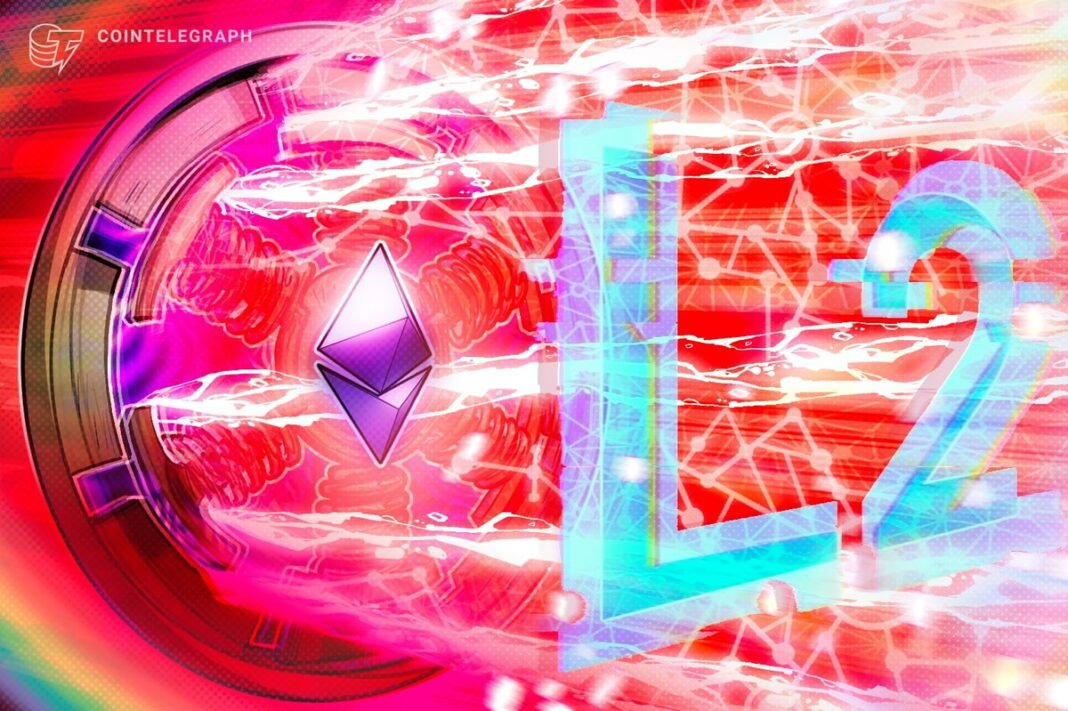The Yakovenko Critique: Security and Decentralisation Under Scrutiny
Questioning Inherited Security
Anatoly Yakovenko, co-founder of Solana, sparked controversy with his assertions that Ethereum L2s do not, in fact, inherit the security of the Ethereum Layer-1 blockchain. He argued that the attack surface of these networks is vast, with codebases so complex that comprehensive security audits become virtually impossible. This raises serious concerns about the potential for vulnerabilities and exploits.
Yakovenko further highlighted the reliance of L2s on multi-signature custody, suggesting that user funds could be moved without their explicit consent. This point strikes at the heart of decentralisation, a core tenet of the crypto ethos. If L2s centralise control over user assets, are they truly contributing to a more trustless and permissionless financial system?
He directly compared the risks associated with wrapped Ethereum on Solana (wormhole ETH) to those on Ethereum L2s like Base, while also noting that L2s generate significant revenue for ETH L1 stakers. His sentiment was that the trade-offs are not accurately represented.
The Proliferation Problem: Too Many L2s?
Data from L2Beat currently indicates over 129 verified Ethereum L2 networks, with dozens more unverified. This explosion in L2 development has led some industry figures to question whether the market is becoming oversaturated. Adrian Brink, co-founder of Anoma, has suggested that the blockchain space needs far fewer L2s than currently exist.
Fragmentation and Cannibalisation
The primary concern surrounding the sheer number of L2s is the potential for fragmentation of liquidity. With assets dispersed across numerous networks, it becomes more difficult to achieve deep liquidity pools, which can negatively impact trading efficiency and overall network usability. Binance Research has also pointed out that L2s, with their lower transaction fees, are potentially cannibalising revenue from the Ethereum base layer. While lower fees are undoubtedly attractive to users, they may come at the cost of long-term sustainability for the Ethereum ecosystem.
Read More: Zelle Eyes Stablecoins for Global Payments
The Case for L2s: Growth and Diversity
Arguments for Abundance
Despite the concerns, proponents of a multi-L2 future argue that the proliferation of these networks is a sign of a healthy and thriving ecosystem. Igor Mandrigin, co-founder of Gateway.fm, believes that an abundance of L2s signals network growth and increased diversity. He argues that each L2 can cater to specific use cases and user needs, fostering innovation and experimentation within the Ethereum ecosystem.
High-Throughput Benefits
Anurag Arjun, co-founder of Avail and the Polygon L2 network, echoes this sentiment, stating that each Ethereum L2 represents a high-throughput blockchain, effectively providing Ethereum with a multitude of high-performance options. This is particularly relevant in 2025, as demand for scalable blockchain solutions continues to grow. The ability to process more transactions at a lower cost is crucial for attracting mainstream adoption and supporting the development of complex decentralised applications (dApps).
Navigating the L2 Landscape in 2025
Security Audits and Best Practices
Given the security concerns raised by Yakovenko and others, it is imperative that L2 projects prioritise rigorous security audits and implement robust security best practices. This includes thoroughly testing codebases, employing formal verification methods, and establishing transparent incident response plans. Users, too, must exercise caution when interacting with L2s, carefully evaluating the security track record and risk profile of each network before entrusting them with their assets.
Interoperability and Standardisation
To address the issue of fragmentation, efforts must be focused on improving interoperability between different L2 networks. Standardisation of communication protocols and cross-chain asset transfer mechanisms is essential for creating a more seamless and unified user experience. Projects like Avail, which focus on unified chain abstraction, could play a key role in facilitating interoperability and reducing the friction associated with navigating the multi-L2 landscape.
The Future of Ethereum’s Scaling Strategy
As we move deeper into 2025, the debate surrounding Ethereum L2s is far from settled. While they offer the potential for increased scalability and lower transaction fees, they also introduce new complexities and security considerations. The long-term success of Ethereum’s scaling strategy hinges on addressing these challenges and fostering a collaborative approach to L2 development. Whether the current proliferation of L2s will ultimately benefit or hinder the Ethereum ecosystem remains to be seen, but a critical and informed discussion is essential for shaping the future of decentralised finance.






